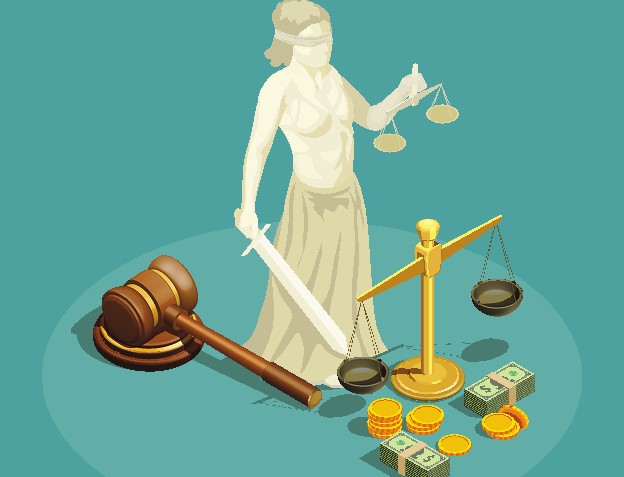
Grades 9-12

Don't have an account yet? Sign up for free
Don't have an account yet? Sign up for free


This lesson focuses on a group of nineteenth century industrial entrepreneurs described in many history books as Robber Barons. It calls upon students to analyze the activities of these entrepreneurs in order to draw conclusions about the innovations and business practices for which they are known. To carry out this analysis, the students examine techniques of mass production, division of labor and vertical and horizontal integration, noting their effects on industrial output and other outcomes. They also read a case study on John D. Rockefeller and discuss the characterization of him as a Robber Baron.
This lesson focuses on a group of nineteenth century industrial entrepreneurs described in many history books as Robber Barons. It calls upon students to analyze the activities of these entrepreneurs in order to draw conclusions about the innovations and business practices for which they are known. To carry out this analysis, the students examine techniques of mass production, division of labor and vertical and horizontal integration, noting their effects on industrial output and other outcomes. They also read a case study on John D. Rockefeller and discuss the characterization of him as a Robber Baron.
The nineteenth century industrialists often described as Robber Barons include Andrew Carnegie of Carnegie Steel, John D. Rockefeller of Standard Oil, and Cornelius Vanderbilt, a railroad magnate. (The term Robber Baron was first used in a history book published by Matthew Josephson in 1934.) Accumulating great wealth through entrepreneurial activity and innovation, these men became recognized leaders in industry and business circles, known particularly for business consolidations on a large scale and for focusing sharply on innovative management practices.
Their achievements yielded benefits and costs. The benefits flowed from a new emphasis on improving efficiency in the workplace. Innovators achieved this emphasis by replacing decentralized methods of production with mass production, developing specialized production techniques and cutting production costs through vertical and horizontal integration. The costs, also flowing from an emphasis on efficiency, included certain harmful effects of monopoly practices and conditions affecting workers.
This lesson was originally published in CEE’s, Focus: Understanding Economics in U.S. History, a collection of activity-based lessons that use a mystery-solving approach to teach U.S. economic history to high school students. Visit CEE’s Storefor more information about this publication and how to purchase it.
In one of Shakespeare’s most famous plays, a character named Juliet poses a famous question. “What’s in a name?” she asks. “That which we call a rose by any other name would smell as sweet.” Juliet was onto something. No matter what we choose to call them, the industrial magnates of the late nineteenth century left their mark on the U.S. economy. Ask:
None.

Grades 9-12

Grades 9-12

Grades 9-12

Grades 9-12
